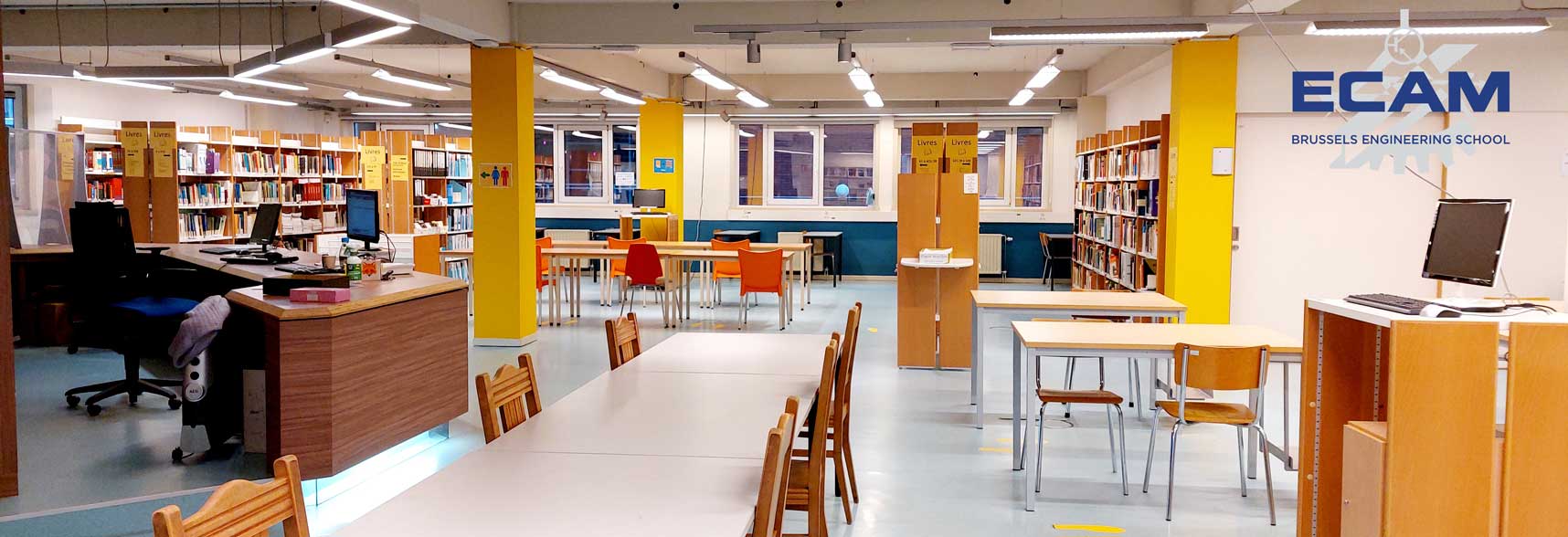| Titre : |
An experimental investigation of a NACA 0012 wing-tip vortex flow in a subsonic wind tunnel |
| Type de document : |
Travail de fin d'ÃĐtudes |
| Auteurs : |
Benjamin Gulcu, Auteur ; Xiaofeng Liu, ; Laurent Bricteux, |
| Editeur : |
ECAM |
| AnnÃĐe de publication : |
2017 |
| Note gÃĐnÃĐrale : |
University of San Diego |
| Langues : |
Anglais (eng) |
| Index. dÃĐcimale : |
TFE - ElectromÃĐcanique |
| RÃĐsumÃĐ : |
Wing-tip vortex flow, a natural phenomenon occurring at the tip of a finite wing, is important for scientific research and practical applications. When a wing generates lift, the pressure is high at the bottom of the wing and low on top of the wing. As a result, the flow rolls up at the tip of the wing forming the so-called wing-tip vortex. This wing-tip vortex forms the primary component of wing wake turbulence, reducing the wingâs capacity to generate lift, altering the airflow around the tip and generating downwash behind the wing. Furthermore, downwash induces additional drag component, which further increases the amount of fuel consumption of the aircraft. Wing-tip vortex features concentration of vorticity shed from the surface of the wing. This study aims to document the streamwise evolution of the vorticity dynamics and the associated unsteadiness and spectral composition. To this end we design, build and mount a NACA 0012 airfoil, investigating wingtip vortices and analyzing their aerodynamic behavior in a subsonic wind tunnel at San Diego State University. The NACA 0012 airfoil was made by 3D printing and has a chord length of 8 inches, wingspan of 18.5 inches. The wing is mounted vertically in the test section by means of a threaded rod in a rotating plate to set different angles of attack. The San Diego State University Subsonic Wind Tunnel has a test section of 45 inches wide, 32 inches high and 68 inches long. This test section presents viewing windows in Plexiglas on both side walls allowing optical visualization. Experiments are conducted at angles of attack of 4°, 8° and 12°, with corresponding Reynolds numbers of 1.34x?10?^5, 2.69x?10?^5 and 4.04x?10?^5, respectively. To characterize the structure of the vortex wandering phenomenon as well as its frequency and amplitude, we use Stereo-PIV (Particle Image Velocimetry) to measure the velocity distribution and use Hot-Wire Anemometer to investigate the frequency composition in the tip-vortex flow. |
An experimental investigation of a NACA 0012 wing-tip vortex flow in a subsonic wind tunnel [Travail de fin d'ÃĐtudes] / Benjamin Gulcu, Auteur ; Xiaofeng Liu, ; Laurent Bricteux, . - ECAM, 2017. University of San Diego Langues : Anglais ( eng)
| Index. dÃĐcimale : |
TFE - ElectromÃĐcanique |
| RÃĐsumÃĐ : |
Wing-tip vortex flow, a natural phenomenon occurring at the tip of a finite wing, is important for scientific research and practical applications. When a wing generates lift, the pressure is high at the bottom of the wing and low on top of the wing. As a result, the flow rolls up at the tip of the wing forming the so-called wing-tip vortex. This wing-tip vortex forms the primary component of wing wake turbulence, reducing the wingâs capacity to generate lift, altering the airflow around the tip and generating downwash behind the wing. Furthermore, downwash induces additional drag component, which further increases the amount of fuel consumption of the aircraft. Wing-tip vortex features concentration of vorticity shed from the surface of the wing. This study aims to document the streamwise evolution of the vorticity dynamics and the associated unsteadiness and spectral composition. To this end we design, build and mount a NACA 0012 airfoil, investigating wingtip vortices and analyzing their aerodynamic behavior in a subsonic wind tunnel at San Diego State University. The NACA 0012 airfoil was made by 3D printing and has a chord length of 8 inches, wingspan of 18.5 inches. The wing is mounted vertically in the test section by means of a threaded rod in a rotating plate to set different angles of attack. The San Diego State University Subsonic Wind Tunnel has a test section of 45 inches wide, 32 inches high and 68 inches long. This test section presents viewing windows in Plexiglas on both side walls allowing optical visualization. Experiments are conducted at angles of attack of 4°, 8° and 12°, with corresponding Reynolds numbers of 1.34x?10?^5, 2.69x?10?^5 and 4.04x?10?^5, respectively. To characterize the structure of the vortex wandering phenomenon as well as its frequency and amplitude, we use Stereo-PIV (Particle Image Velocimetry) to measure the velocity distribution and use Hot-Wire Anemometer to investigate the frequency composition in the tip-vortex flow. |
|  |


 Visionner les documents numÃĐriques
Affiner la recherche
Visionner les documents numÃĐriques
Affiner la rechercheAn experimental investigation of a NACA 0012 wing-tip vortex flow in a subsonic wind tunnel / Benjamin Gulcu

 Ce document n'est visible qu'aprÃĻs identification
Ce document n'est visible qu'aprÃĻs identification

